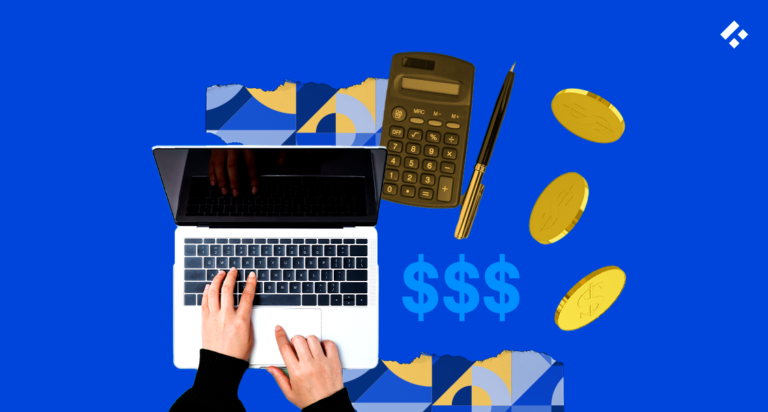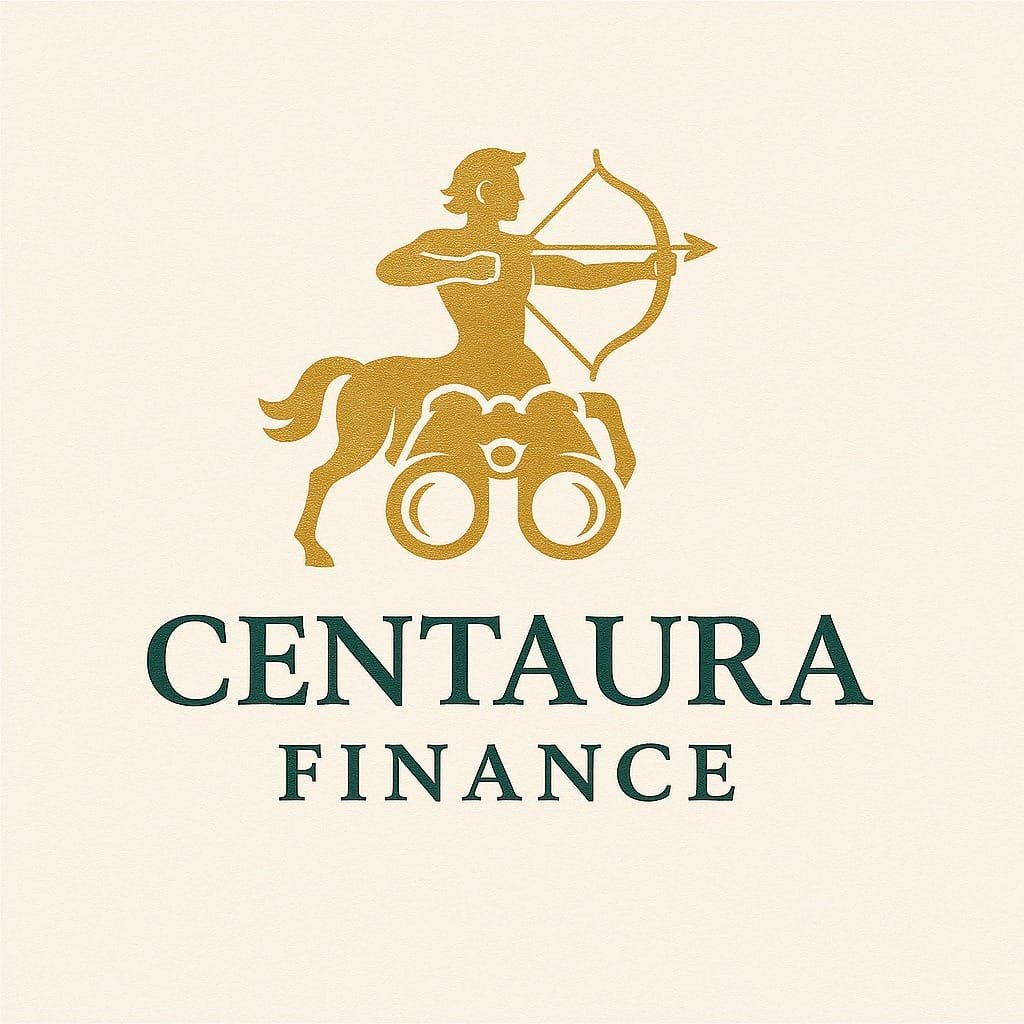They don’t call it “budgeting” anymore.
At least, not the kind that makes you sweat over spreadsheets or clip coupons like it’s 1999. In this quietly radical era, budgeting has been reinvented—not as an act of restriction, but as a language of intention. And leading the charge? A fleet of apps so smooth, so intuitive, they make your bank statement feel like a mood board.
We tested the landscape. We tracked the trends. And we found five fintech tools not only worth your download, but worth reshaping your relationship with money altogether.
Top 5 Fintech Apps for Day-to-Day Budgeting
1. Monarch
Picture this: a budgeting tool that doesn’t feel like budgeting. Monarch isn’t here to track your change; it’s here to change how you see your future.
Created by a former Mint developer, Monarch is the app for planners.
Not just planners of their next vacation or grocery haul, we’re talking planners of legacy, net worth, and generational wealth.
This app lets you track spending, yes. But it goes further. Investments. Goals. Shared household finances. Monarch isn’t a mirror; it’s a blueprint.
The dashboard feels like command central for your financial life. Clean. Customizable. Collaborative. You can invite a spouse or financial advisor to join you, creating a living ecosystem of clarity and ambition.
What sets Monarch apart is its respect for nuance. It doesn’t just ask what you’re spending. It wants to know why. What are you building? What do you value? It’s a budgeting app that assumes you have a philosophy.
“Using Monarch made me feel like I was finally driving my money, not just chasing it,” says Nia R., a freelance designer. “It turned my anxiety into architecture.”
Best For: Couples, long-term planners, finance nerds with aesthetic standards
Platforms: iOS, Android, Web
Cost: Free trial, then subscription ($9.99/month)
2. YNAB (You Need A Budget)
Some apps show you where your money went. YNAB shows you where your money should go.
You Need A Budget is part tool, part movement. With a methodology rooted in four rules (give every dollar a job, embrace your true expenses, roll with the punches, age your money), YNAB isn’t interested in passivity. It demands engagement.
But here’s the kicker: YNAB has converted thousands into budgeting believers. People who never tracked a dime before are now obsessed, not with frugality, but with intention. The app offers a framework. And like all powerful frameworks, once it clicks, it becomes second nature.
The interface is clean and efficient, but it’s the education that shines. Their tutorials, videos, and community support are best-in-class. YNAB turns money management from a solo struggle into a collective mindset shift.
“YNAB didn’t just fix my budget,” says Trevor L., a grad student. “It fixed my self-talk. I stopped seeing overspending as failure and started seeing it as feedback.”
Best For: Educators, students, perfectionists turned pragmatists
Platforms: iOS, Android, Web
Cost: Free trial, then $14.99/month or $99/year
3. Quicken Simplifi
Forget spreadsheets and guesswork. Simplifi by Quicken is budgeting’s answer to minimalism. It’s sleek, powerful, and built for people who want their money to make sense without making a mess.
Where some apps overwhelm you with graphs and categories, Simplifi gently nudges you toward clarity. Its real-time cash flow tracking is seamless, showing what’s coming in, what’s going out, and most importantly, what’s left. No guesswork. No mental math.
The interface feels almost meditative: clean lines, soft visuals, and dashboards that tell your story at a glance. It syncs with thousands of banks and auto-categorizes transactions so you can track spending, savings goals, recurring subscriptions, and investment accounts all in one fluid motion.
What makes Simplifi shine is its Planning tab—a customizable space that blends budgets, goals, and future forecasts like a financial vision board. You set a target; Simplifi keeps you accountable, adapting as life changes.
“Simplifi doesn’t just track, it prepares you,” says Dana M., a remote project manager. “It shows me exactly how much I can spend today without sacrificing what I want six months from now.”
Best For: Goal-setters, visual thinkers, everyday planners
Platforms: iOS, Android, Web
Cost: $3.99/month (billed annually)
4. Goodbudget
Sometimes, innovation looks like nostalgia. Goodbudget brings back the envelope system your grandparents swore by—but digitized.
You manually create envelopes (groceries, rent, date night, you name it) and allocate income accordingly. No bank syncing. No automation. It’s budgeting at its purest, deliberate, mindful, grounded.
This app is often recommended for couples, families, or those trying to be more emotionally present with money. It’s not about speed. It’s about awareness. With every dollar you assign, you’re telling a story about what matters to you.
“Goodbudget helped me slow down and respect money again,” says Antoine K., a new parent. “Budgeting became a family ritual, not a panic session.”
Best For: Conscious spenders, families, analog lovers in a digital world
Platforms: iOS, Android, Web
Cost: Free basic version, Plus plan at $7/month
5. PocketGuard
If most apps are planners, PocketGuard is a bouncer.
You connect your accounts, and PocketGuard tells you one thing: how much you can safely spend right now. It analyzes your income, bills, and goals, then distills your financial life into one powerful number.
It’s not about aspiration. It’s about survival and clarity.
What makes PocketGuard shine is its refusal to complicate. It doesn’t try to inspire you. It tries to warn you. And for people living paycheck to paycheck, that warning is gold.
It also includes features like subscription detection, custom budget goals, and fraud alerts. But the true heartbeat of the app is its simple mission: keep you in the black.
“PocketGuard saved me from myself,” confesses Mario D., a gig worker. “When it says stop, I stop. And I’ve never had overdraft fees since.”
Best For: Minimalists, paycheck managers, realists
Platforms: iOS, Android, Web
Cost: Free version available; Plus at $7.99/month
How to Choose Your Budgeting App Soulmate
Think of these apps not as tools, but as personalities. Each one reflects a style of thinking:
Monarch is the visionary.
YNAB is the philosopher.
Simplifi is the strategist.
Goodbudget is the minimalist.
PocketGuard is the realist.
What kind of thinker are you?
Your money mindset matters more than your bank balance. The app you choose will either align with your current habits or nudge you toward better ones. But at the end of the day, what these tools all have in common is this: they give you agency. They make money management feel like a creative process, not a chore.
They make you want to show up.
Final Words
We live in a time when data flows faster than dollars. And yet, the most revolutionary thing you can do isn’t earn more—it’s understand what you already have.
These apps aren’t miracle workers. They won’t solve deep debt or replace financial literacy. But they will meet you where you are. They’ll give you language. They’ll give you logic. And maybe, just maybe, they’ll give you a little peace.
Personal finance doesn’t have to be boring. It just has to be yours.
Because the truth is: budgeting isn’t about money. It’s about choice.
And now? You’ve got better ones.


